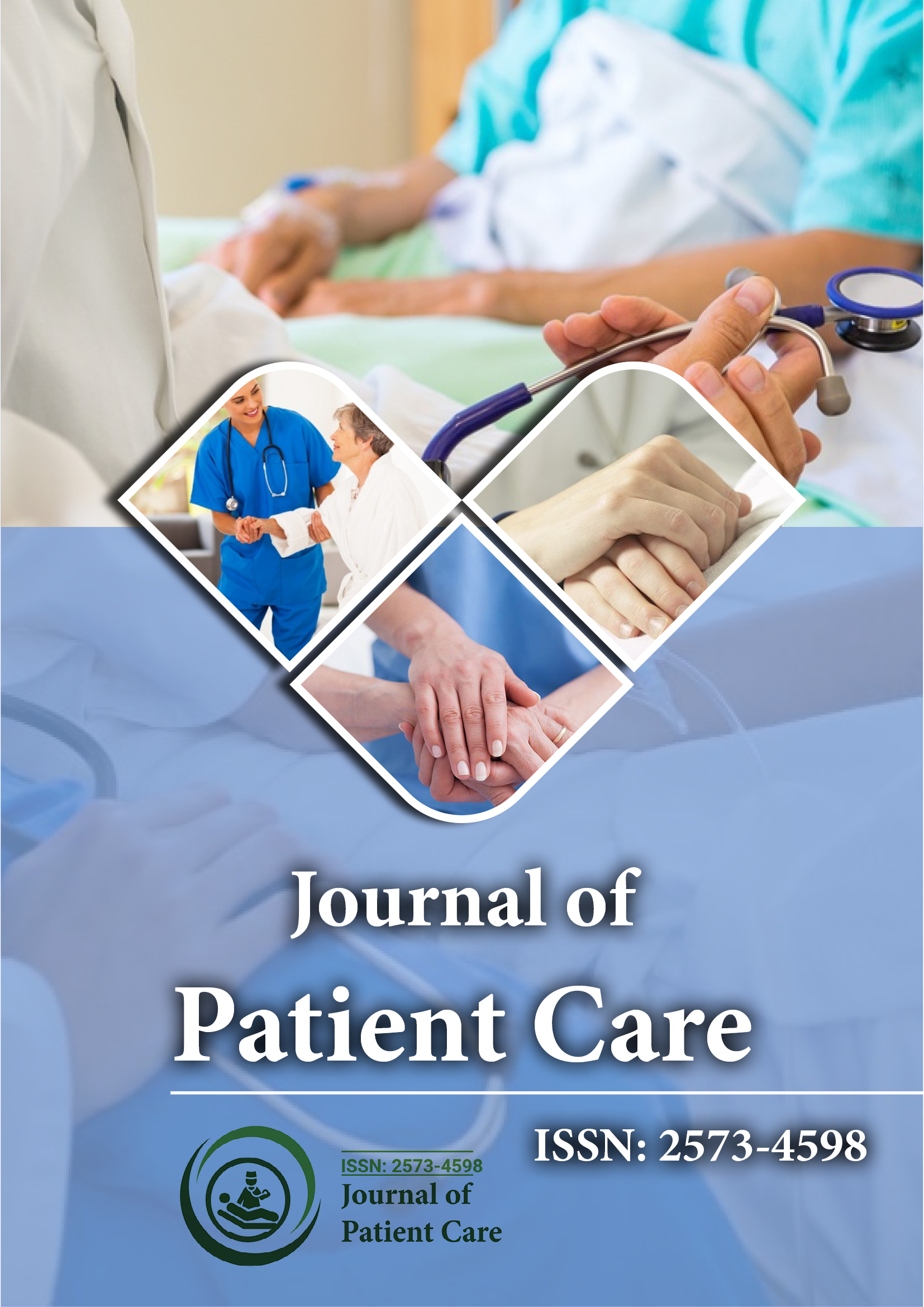indexado en
- Búsqueda de referencia
- Universidad Hamdard
- EBSCO AZ
- Publón
- Fundación de Ginebra para la Educación e Investigación Médica
- pub europeo
- Google Académico
Enlaces útiles
Comparte esta página
Folleto de diario

Revistas de acceso abierto
- Administración de Empresas
- Agricultura y Acuicultura
- Alimentación y Nutrición
- Bioinformática y Biología de Sistemas
- Bioquímica
- Ciencia de los Materiales
- Ciencia general
- Ciencias Ambientales
- Ciencias Clínicas
- Ciencias farmacéuticas
- Ciencias Médicas
- Ciencias Veterinarias
- Enfermería y Cuidado de la Salud
- Genética y Biología Molecular
- Ingeniería
- Inmunología y Microbiología
- Neurociencia y Psicología
- Química
Abstracto
Impacto de un taller educativo sobre aspiración dirigido a pacientes con disfagia y sus cuidadores familiares: un estudio piloto aleatorizado
Zahya Ghaddar, Puech M, Matar N
Antecedentes: En la rehabilitación de la deglución, los métodos convencionales de rehabilitación del paciente pueden resultar insuficientes. La educación terapéutica del paciente (ETP) puede mejorar los resultados de estas técnicas convencionales.
Objetivo del estudio: Este estudio piloto aleatorizado tuvo como objetivo evaluar el impacto de un taller educativo diseñado para pacientes con disfagia y sus cuidadores familiares, sobre la adherencia a la rehabilitación de la deglución y la calidad de vida (CV).
Métodos: Este taller tuvo como objetivo, simultáneamente, la comprensión y explicación de la aspiración, sus signos clínicos y las decisiones sobre la consistencia de los alimentos para evitar la aspiración. En este estudio piloto aleatorizado, la intervención se llevó a cabo en 16 pacientes durante tres meses. El Grupo Experimental (GE) está compuesto por 8 pacientes sometidos a rehabilitación de deglución convencional y un taller educativo. El Grupo Control (GC) está compuesto por 8 pacientes sometidos únicamente a rehabilitación de deglución convencional. La evaluación pre y postest del impacto del taller se basó en cuatro instrumentos: el Índice de Disfagia Árabe (A-DHI), ítems del Cuestionario de Disfagia y Hora de Comer para Cuidadores (CMDQ), un cuestionario que evalúa el conocimiento relacionado con la aspiración y una escala de calidad de vida. Para el GC, el postest se realizó una semana después del pretest. En cuanto al GE, el postest se realizó una semana después del taller educativo sobre aspiración.
Resultados: Los resultados mostraron una diferencia significativa en las puntuaciones del cuestionario de conocimientos vinculados a las aspiraciones (p - valor = 0,002) y la escala de calidad de vida (p - valor = 0,04) solo para el GE.
Conclusión: Los resultados preliminares obtenidos son alentadores para continuar con este estudio. Se requieren trabajos futuros con una mayor frecuencia de talleres educativos, un mayor número de pacientes y una validación completa de las medidas de resultados.